Hatay Archeological Museum is an important place that offers an experience full of historical and cultural richness. Visitors can gain an in-depth understanding of Hatay‘s past by examining ancient artefacts here. With its modern architecture, large exhibition spaces and rich collection, Hatay Archaeological Museum is a worthwhile destination for history buffs. You should definitely visit this museum to discover the historical and cultural richness of Hatay!
Hatay Archaeological Museum Photos
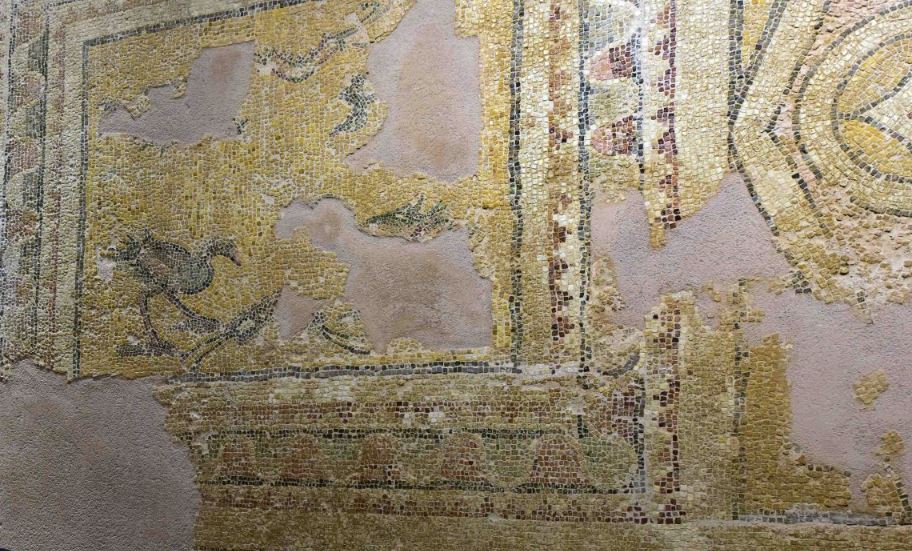

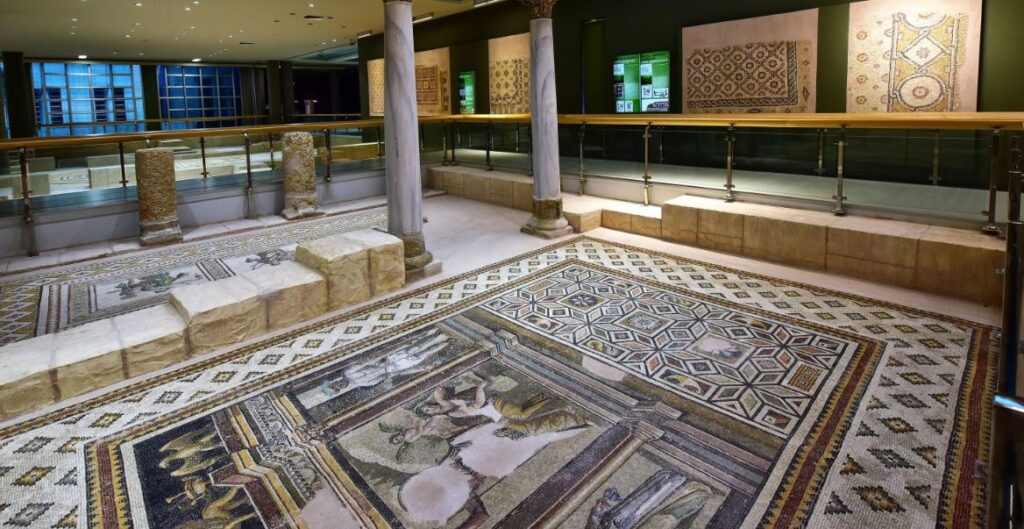
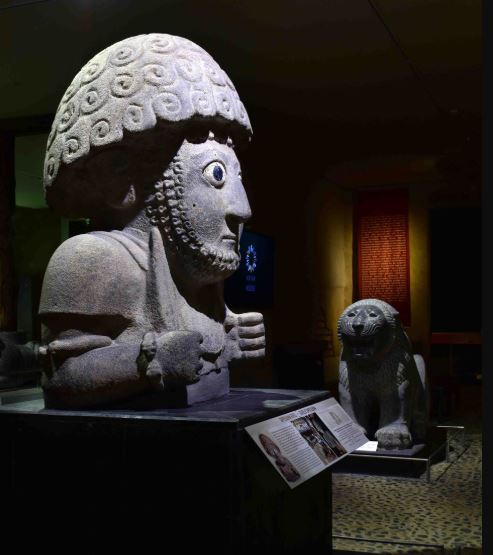
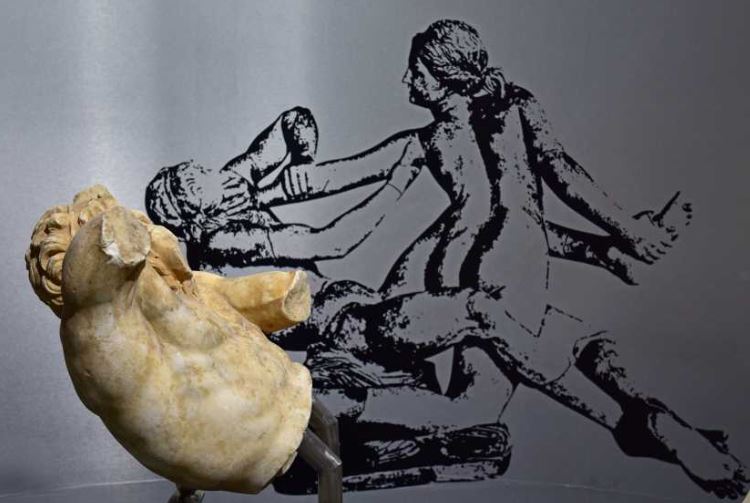

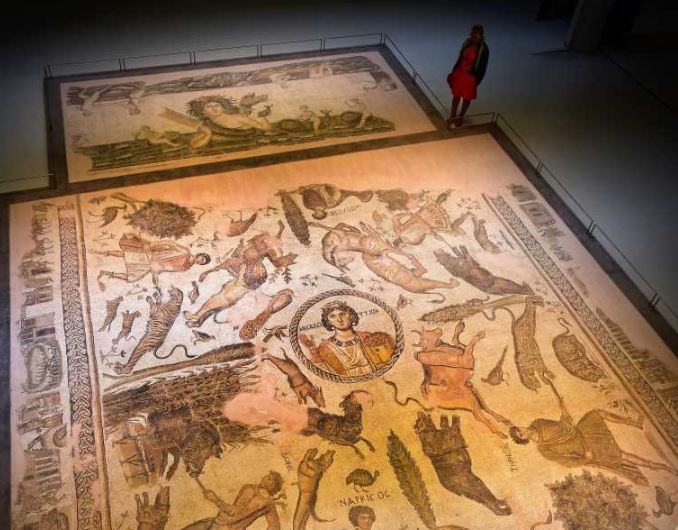
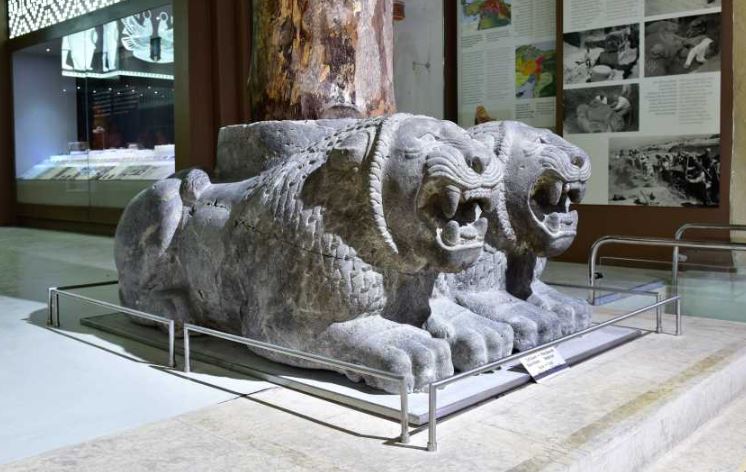
Hatay Archaeological Museum is an important cultural heritage centre with one of the richest archaeological collections in Turkey. Located in the Antakya district of Hatay province, this museum exhibits the historical and cultural richness of the region and offers visitors the opportunity to discover the traces of the past. Founded in 1940, the museum has expanded over time and has become an important tourist spot. Hatay Archaeological Museum is especially notable for its Roman and Byzantine artefacts. This article gives comprehensive information about Hatay Archaeological Museum’s location, history, exhibition areas, interesting facts and more.
Table of Contents
Location & How to get to Hatay Archaeological Museum
Hatay Archaeological Museum is located in the Antakya district of Hatay province. Located very close to Antakya city centre, the museum is an easy-to-reach point.
Transportation
The most practical way to reach Hatay is by air. Hatay Airport is accessible by direct flights from major cities in Turkey. You can reach Antakya city centre from the airport by taxi or private car. You can easily get to the museum from Antakya city centre on foot or by public transportation.
Since the museum is located close to the historical and touristic attractions of Antakya, it is easily accessible on foot from the city centre.
Why It’s Worth a Visit to Hatay Archaeological Museum
Hatay Archaeological Museum is a must-visit for many reasons. First of all, the museum houses an important collection reflecting the rich history of Hatay and its surroundings. Visitors can see artefacts from ancient times and learn about the history of the region.
The museum draws attention especially with its mosaics, sculptures, ceramics and various daily life items. These artefacts, which reflect Hatay’s rich cultural past, shed light on the history of the region.
Hatay Archaeological Museum also has an important place in terms of education. The museum contributes to the development of historical and cultural awareness by organising various activities for students and researchers.
History of Hatay Archaeological Museum
Hatay Archaeological Museum was established in 1940. The purpose of the museum was to exhibit and protect the artefacts found during excavations in and around Hatay. The museum, which initially had a small exhibition area, has enriched over time and started to host a large collection.
The museum exhibits artefacts obtained from excavations in and around Hatay. These artefacts bear traces of civilisations from the prehistoric periods of the region. Hatay’s history reflects the cultural influences of many civilisations such as Roman, Byzantine, Seljuk and Ottoman.
Today, the Hatay Archaeological Museum has become one of the most important tourist attractions in Hatay and is visited by thousands of visitors every year.
Architectural and Structural Characteristics of Hatay Archaeological Museum
Hatay Archaeological Museum has a modern architectural structure and has large exhibition areas where visitors can visit comfortably. The museum is divided into zones with open and closed areas. The exhibition halls are organised for the best display of the artifacts.
Exhibition Areas
There are various areas within the museum where artifacts from different periods are exhibited. These areas cover a wide range of time periods from antiquity to the Middle Ages. Visitors can examine artifacts from different periods in these areas.
Mosaics
One of the most remarkable features of the Hatay Archaeological Museum is its rich mosaic collection. The museum has an area where various mosaics from the ancient Roman period are exhibited. These mosaics reveal the artistic and cultural past of the region.
Sculpture and Artifacts
The sculptures and artifacts exhibited in the museum were obtained from excavations in the Hatay region. Ancient Greek and Roman sculptures, various daily life items and ceramics attract the attention of visitors.
Information Boards
There are information boards about the artifacts exhibited in the museum. These panels inform visitors about the historical and cultural context of the artifacts.
Interesting Facts About Hatay Archaeological Museum
- Rich Collection: Hatay Archaeological Museum exhibits more than 20,000 artifacts.
- Mosaic Collection: The museum draws attention with its rich mosaic collection from ancient times.
- Prehistoric Periods: The museum bears the traces of civilizations from prehistoric times.
- Local Artifacts: The museum exhibits artifacts from excavations in and around Hatay.
- Educational Activities: The museum organizes various activities for students and researchers.
- Modern Architecture The museum has large exhibition spaces built in a modern architectural style.
- Cultural Events: The museum hosts various cultural events throughout the year.
- Visitor Flood Hatay Archaeological Museum is visited by thousands of visitors every year.
- Information Boards: There are information boards about the artifacts exhibited in the museum.
- Indoor and Outdoor Areas: The museum is equipped with both indoor exhibition spaces and outdoor areas.
Nearby Attractions
After visiting the Hatay Archaeological Museum, there are many tourist attractions you can explore in the surrounding area including:
- Antakya Mosaic Museum: Exhibiting the historical mosaics of Antakya, this museum is an important stop for art lovers.
- Habib-i Neccar Mosque: One of the oldest mosques in Antakya, this building has an important place in terms of history and architecture.
- St. Pierre Church: This church, which has an important place in the history of Christianity, is frequently visited by visitors.
- Beşikli Cave: One of the historical and natural beauties of Antakya, this cave is full of historical ruins.
- Reyhanlı: Hatay is a region that attracts visitors with its natural beauties and rich cultural structure.
Best Time to Visit Hatay Archaeological Museum
The best time to visit the Hatay Archaeological Museum is in spring and fall. From March to May, the weather is mild, and nature comes alive. September and October are the months when the warm weather continues, and the crowds diminish. Temperatures can be high in summer, so if you plan to visit in summer, it is more comfortable to go early in the morning or the evening. In winter, it can be cold and rainy, so those who want to visit in winter should be prepared.
Dress Code for Hatay Archaeological Museum
When visiting the Hatay Archaeological Museum, it is important to wear comfortable and seasonally appropriate clothing. It is also important to have comfortable walking shoes if you plan to hike. Light and sweaty in summer# Hatay Archaeological Museum: Gates of the Past
Hatay Archaeological Museum Opening and Closing Hours
Hatay Archeology Museum is open to visitors at all times of the year. The museum usually opens at 08:30 in the morning and stays open until 17:00 in the evening. However, it is worth checking the current hours before your visit.
Hatay Archaeological Museum Entrance Fee
A certain fee must be paid for entrance to Hatay Archeology Museum. Entrance fees can be checked on muzes.gov.tr, the official website of the Turkish Ministry of Culture and Tourism. According to the current price information, the entrance fee is 0.75 USD.
Is Museum Pass valid?
Museum Pass is a card valid in many museums and ancient cities across Turkey. Hatay Archeology Museum is one of the places where Museum Pass is valid. This card allows you to save money by entering other museums as well. If you are planning a longer visit, a Museum Pass is a good option.
Special Recommendations for Visitors
- Guided Tours: Taking guided tours inside the museum allows you to learn more about the historical context of the artifacts.
- Local Flavors: Do not forget to taste the flavors of the local cuisine in the restaurants in Antakya. You can especially try künefe and other Hatay local dishes.
- Antakya Excursion: After visiting the museum, it is recommended to visit the old city center of Antakya.
- Photography: Hatay Archeology Museum is a great place for photography enthusiasts. Don’t forget to photograph the artifacts and the architecture of the museum.
- Educational Events: The museum organizes various educational events for students and researchers. You can learn more by attending these events.
Frequently Asked Questions
1. How can I reach Hatay Archaeology Museum?
Hatay Archeology Museum is located in Antakya city center. You can easily reach the museum by reaching Antakya from Adana Airport.
2. Is there an entrance fee for Hatay Archeology Museum?
The entrance fee is usually 20 TL. The USD equivalent of this amount is approximately 0.75 USD.
3. Is Museum Pass valid?
Yes, Museum Pass is a card valid at Hatay Archeology Museum. You can also save money by entering other museums with this card.
4. When do you recommend visiting?
Spring (March-May) and fall (September-October) are the best times to visit the Hatay Archaeological Museum.
5. Can I take photos in Hatay Archeology Museum?
Yes, there are great opportunities for photography at the Hatay Archaeological Museum. Visitors can photograph the artifacts on display and the architecture of the museum, but you may need permission to take photos in some areas. Therefore, it is important to pay attention to the rules indicated at the entrance to the museum.



